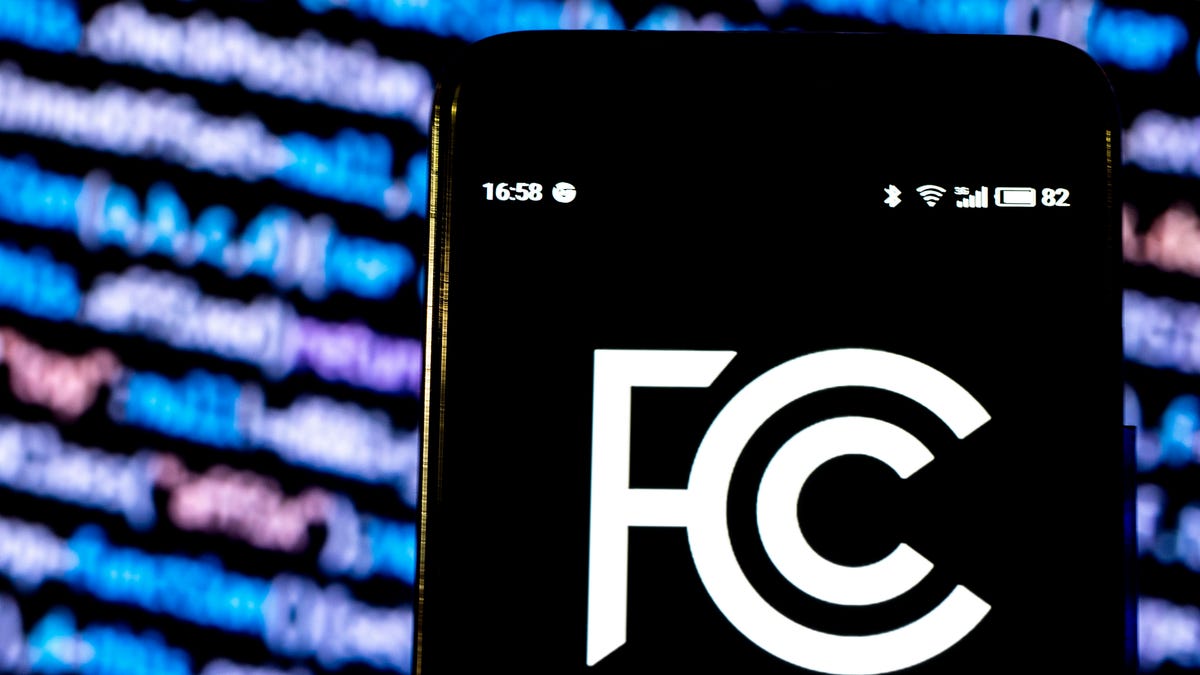FCC opens up experimental spectrum licenses for 6G
5G has barely gotten off the ground, and US regulators are already looking to the next big thing in wireless.

The Federal Communications Commission is paving the way for 6G and beyond.
On Friday, the agency unanimously voted to open up "terahertz wave" spectrum that could one day be used for 6G services. The spectrum, which falls in the 95 gigahertz (GHz) to 3 terahertz (THz) range, will be open for experimental use to let engineers dreaming of the next generation of wireless begin their work.
The spectrum, once thought of as useless, could offer super high speed internet service for data intensive applications, such as super high resolution imaging and sensing applications.
Through its rules, the FCC will give innovators a 10 year license to experiment with new products and services.
"Today, we take big steps towards making productive use of this spectrum," FCC Chairman Ajit Pai said in a statement. "This will give innovators strong incentives to develop new technologies using these airwaves while also protecting existing uses."
The vote comes just as US wireless operators are starting to roll out 5G service. AT&T turned on its 5G network in a dozen cities at the end of last year. This year it plans to boost its coverage to 21 cities. So far, AT&T has launched only one device that can use its 5G network, a mobile hotspot. Verizon, which will be the first US carrier to sell the Samsung Galaxy S10 5G, is launching its mobile 5G service in Chicago and Minneapolis next month. Meanwhile, T-Mobile said it'll launch in 30 cities, while Sprint will launch in nine cities in 2019.
Wireless researchers, such as Ted Rappaport, a professor at NYU who's been leading research in millimeter wave technology for 5G, say access to this spectrum will help the US stay ahead in wireless.
"Now, with the Spectrum Horizons initiative and this historic vote, the FCC has launched the race to 6G, helping to ensure the US will play a leading role in future generations of wireless," Rappaport said in a statement.
Last month, many in the tech community scoffed at President Donald Trump's mention of 6G in a tweet. Trump proclaimed he'd like to see "5G and even 6G technology" deployed in the US "as soon as possible." But Rappaport said it's never too early to think of the next generation of technology.
"President Trump mentioned 6G a few weeks ago -- perhaps the first world leader to do so," he said. "As an engineer and educator, I'm happy to know our country's leaders are working to support American competitiveness in science, technology, engineering, and math (STEM)."
But this spectrum isn't without its challenges. Like millimeter waves, which are used for 5G, this terahertz spectrum has propagation characteristics that require very short transmission distances and line-of-sight transmission. This means signals won't be able to penetrate obstacles, like walls, and would be subject to interference from things like trees or changes in weather.
So far, actual applications that could use this super high frequency spectrum haven't been demonstrated or really even imagined. But researchers are already thinking about the future. Later this month, scientists and engineers will gather in Oulu, Finland, for a 6G Wireless Summit.
Still, FCC Commissioner Jessica Rosenworcel said, "there is something undeniably cool about putting these stratospheric frequencies to use and converting their propagation challenges into opportunity."

